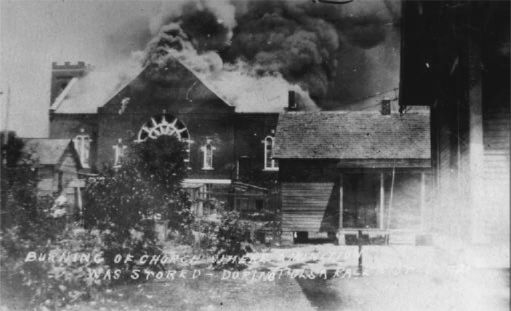

Exploring our past to sort out myth from reality
Share this Page on
Facebook or Twitter

These are the voyages of the TimeShip Anachron.
Our Mission: To boldly explore the past, dispelling
mythinformation and mythconceptions
of American History along the way.
 Visit us on Facebook
Visit us on Facebook
Meet MythAmerica Series

Pt 1 Pt 2 Pt 3 Pt 4 Pt 5 Pt 6 Pt 7 Pt 8 Pt 9
Terrorism on American Soil
One of the biggest mythconceptions about American history that is abroad today is that acts of terrorism on American soil are some sort of "modern" phenomenon, perhaps starting with the 1995 domestic terror act in which the Murrah Federal Building in Oklahoma City was destroyed. No, acts of extreme violence and destruction designed to terrorize a large portion of the population long predate that event.
One of the most notable occurred over seventy years earlier-
Although it made the national news at the time, within weeks a cloak of secrecy was pulled over the horrific record of events. And the white citizens of the city and state developed mass amnesia about the incident. Historical researchers in recent years have begun shining the light on this dark chapter in American history. But it still remains virtually unknown to the average American. I believe that it is of value for understanding current social problems to examine "how we got where we are today." The Greenwood Holocaust was not an isolated incident…it was a symptom of a widespread sickness in American society. A sickness that has not been healed to this day. This series examines the events of 1921 and puts them in perspective.
Part 1: Ground Zero
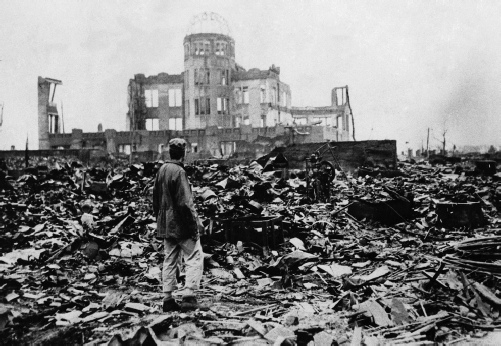
This introductory article to the Terrorism series provides an overview of the prosperous city of Tulsa as it was in 1921. And right at the doorstep to Tulsa-
Part 2: Prelude to the Greenwood Holocaust
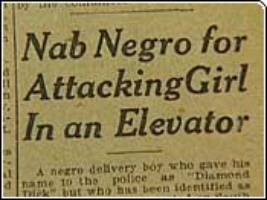
The events that were to turn into a nightmare on May 31 began quietly on May 30, Memorial Day, with a chance encounter of two young people in an elevator in downtown Tulsa. Vague allegations that a young Negro shoeshine boy, Dick Rowland, "may" have accosted a young white female elevator operator in downtown Tulsa quickly spun out of control. This entry explains the racial dynamics that turned this forgettable minor incident into a match that ignited a raging holocaust.
Part 3: Into the Maelstrom
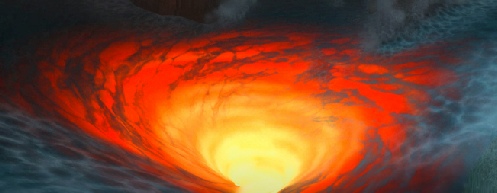
At the beginning of this entry in the series, young African American shoeshine boy Dick Rowland is in custody on suspicion of making unwanted advances toward a white girl. The rumor mill quickly turned unverified suspicions into guilt of a heinous crime, and by mid-
Part 4: "Is the Whole World on Fire?"
At sunrise on June 1, 1921, a raging sea of angry white men began a concerted armed attack on the whole community of 10,000 African Americans in the community of Greenwood, part of Tulsa, Oklahoma. By the end of the day, they had looted and torched most of the homes and businesses of Greenwood, and injured or killed many residents, some in their own homes, others as they tried to flee to safety. This entry chronicles many first-
Part 5: Holocaust
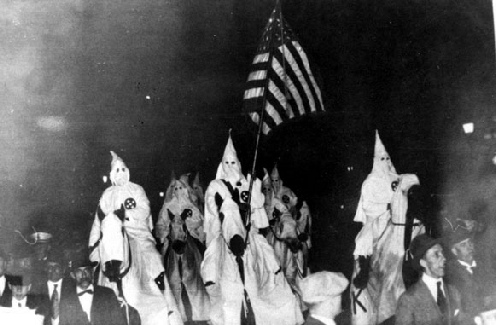
This entry describes the end of the rampage, and the aftermath for the homeless Greenwood citizens.
Part 6: Cold Case File
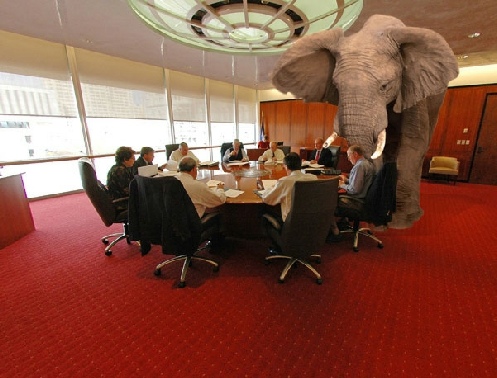
This entry shares the discouraging story of the beginning of the long, slow path taken by those attempting to bring to light the story of this incident of Terrorism on American Soil, and to bring some closure for survivors…and for descendants of those who didn't survive.
Part 7: Hidden in Plain Sight
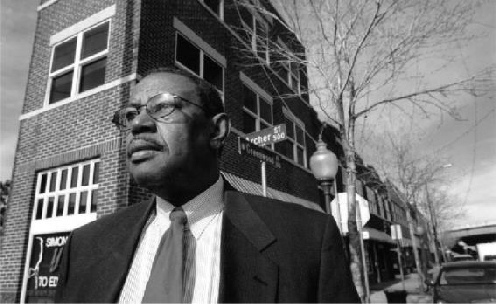
This entry continues the saga of those who have worked to get public recognition…and some sense of public remorse…for the events of 1921. Included is information about the report of the "Tulsa Race Riot Commission" finally set up by Oklahoma congressional resolution in the 1990s to "open the files" on the case that had been swept under the carpet for so long.
Part 8: The Disneyfied American Narrative
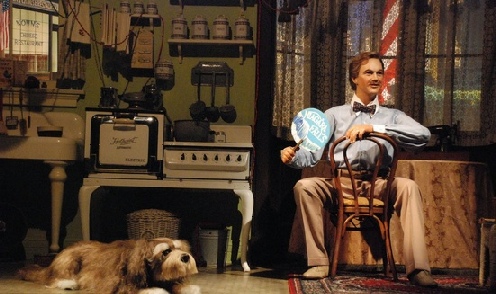
This entry explores some of the reasons behind the extreme resistance by many in America to facing up to incidents in the past which leave a negative impression of the character of the USA, such as the Tulsa Race Riot of 1921. Why are so many willing to either ignore, or attempt to minimize any significance such events may have related to 21st century problems in American society?
Part 9: Recognition, Admission, Introspection, and Repentance
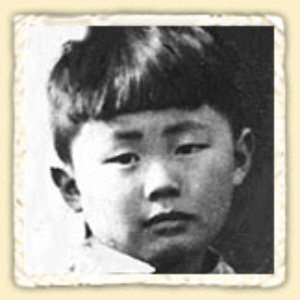
This final entry in the Terrorism series explores the reality that the Tulsa Riot was not some isolated aberration in American history. It was not a singular event, with no roots. It was rather a symptom of a widespread malaise that continues to today.
